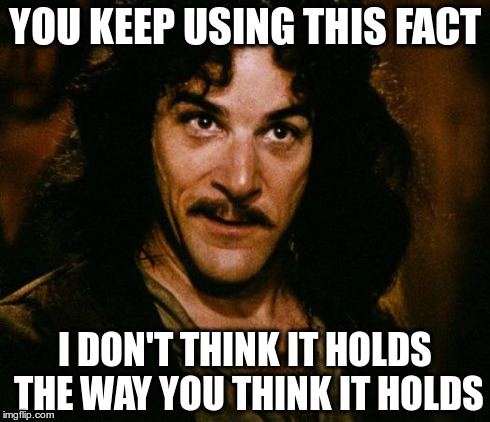- #1
evinda
Gold Member
MHB
- 3,836
- 0
Hello! (Wave)
In order to show that not every collection of objects is a set, we do the following:
We will show that if we suppose that "everything is a set", we are lead to contradictions.
If $V:=\{ x: x \notin x \}= \text{ the collection of all objects, that don't belong to themselves }$ , then $V$ is a set.
Therefore, we conclude that:
$$v \in V \Leftrightarrow v \notin v, \text{ contradiction.}$$
But.. what does $v \in v$ mean?

In order to show that not every collection of objects is a set, we do the following:
We will show that if we suppose that "everything is a set", we are lead to contradictions.
If $V:=\{ x: x \notin x \}= \text{ the collection of all objects, that don't belong to themselves }$ , then $V$ is a set.
Therefore, we conclude that:
$$v \in V \Leftrightarrow v \notin v, \text{ contradiction.}$$
But.. what does $v \in v$ mean?
